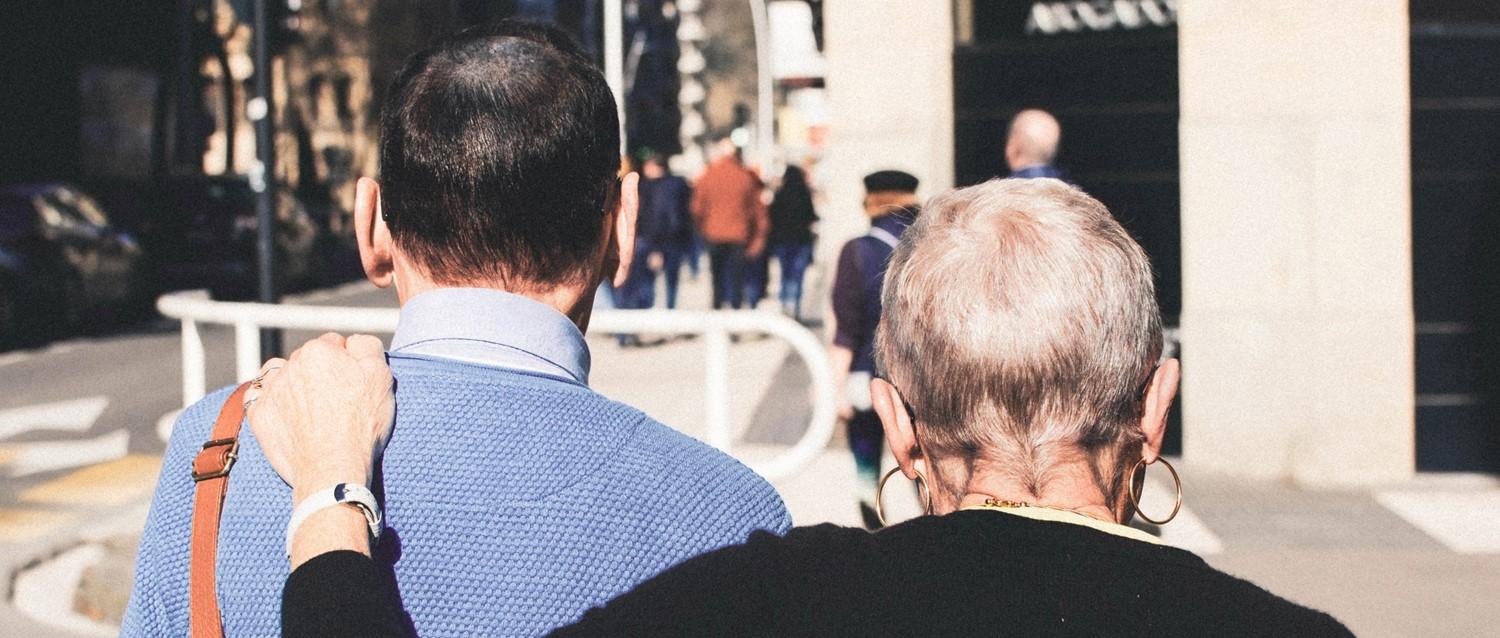
What does living with chronic pain really feel like?
Peer reviewed by Dr Sarah Jarvis MBE, FRCGPLast updated by Sarah GrahamLast updated 28 Feb 2019
Meets Patient’s editorial guidelines
- DownloadDownload
- Share
- Language
- Discussion
Nearly half of the UK population - around 28 million adults - lives with some form of chronic pain. With chronic pain described as 'a major cause of disability and distress', what exactly is causing so many people to live in constant pain, and how does it impact on their everyday lives?
In this article:
Continue reading below
What is chronic pain?
The textbook definition of chronic pain, according to the International Association for the Study of Pain (IASP) is any persistent pain that's been present in any part of the body for a period of three months or longer.
"By definition, the difference between chronic pain and what we call acute pain - which is non-chronic pain - is that it doesn't serve a purpose," explains Dr Alan Fayaz, a spokesperson for the British Pain Society (BPS), and a consultant in Anaesthesia and Pain Medicine at University College London Hospital (UCLH).
"Normally when we feel pain, it's the body's way of warning us about something - you've put your hand on a hot stove, or you've had your appendix taken out and your body needs to rest so it can heal," he adds. "Any pain that's still present beyond a reasonable time of healing is not functional. If your body is still in pain after a period of three months, where there is no ongoing healing happening, then it is chronic, dysfunctional pain."
Chronic pain comes in a number of different forms - musculoskeletal, such as chronic lower back pain; chronic neuropathic pain, caused by a nervous system dysfunction or disease; and chronic widespread pain, or fibromyalgia.
And, of the 28 million people in the UK who experience chronic pain, 8 million - around 14% of the UK population - live with pain that is considered moderately to severely disabling.
Living with chronic pain
38-year-old Katie Silverthorne has lived with chronic pain condition multiple sclerosis (MS) for the last 15 years, including a period of four months early on where she was completely bed-bound by her pain.
"I have relapsing-remitting MS, so the pain goes up and down over the years but, at its worst, gosh the pain was really bad," she says.
"I used to get constant shooting pains, like bolts of electricity through my bones. For me it always affects the left side of my body, so the pain would go through my wrist, from my wrist to my elbow, my elbow to my shoulder, my knee to my ankle, and my knee to my hip - like having a hot needle that went right through the middle of the bone."
"My skin was also very very sensitive to touch, so if anything touched my skin it would feel like it was burning," she adds. "The other major pain was a constant ache in my side, as though something sharp was poking me all the time."
For her, the biggest impact of chronic pain was the exhaustion and low mood.
"MS makes you tired anyway, but to have to live with constant pain on top of that is very tiring. It also makes you grumpy - like if you've twisted your ankle but keep trying to do things on it anyway, and you get grumpy because it hurts," Silverthorne says.
"It's very draining having constant pain," she adds. "Obviously it affects your mobility as well, and your desire to do things. Eventually, you get depressed because it's just miserable to have chronic, constant, never-ending pain."
Continue reading below
Living with chronic pain
For 52-year-old William Comet, who has sacroiliac joint dysfunction, the chronic pain began 18 years ago.
"I started to have this lower back pain in my right side, which just came about with no obvious cause," he explains. "I remember getting out of bed and feeling soreness in my right gluteal muscle."
At the time, Comet was working as a self-employed journalist.
"What I was noticing was that I'd sit down in my chair and start looking at my computer, and I was in pain very quickly when sitting down, and it just wouldn't go away," he says.
"Driving in a car was very painful, I wasn't sleeping very well at night, and trying to sit at my desk and get any work done was really difficult. It was quite literally a pain in the ass."
Determined to be free from his pain, Comet says: "I tried everything, lots of different things. I went to great expense buying a new bed. I bought a new, very expensive luxurious car. I tried physio, Pilates, I saw three different osteopaths - each for 10, 15, or 20 treatments. I was very committed - and, by the way, this was very expensive."
How to deal with chronic pain
Over the years, both Silverthorne and Comet have had to adapt their lives to fit around their chronic pain.
"I changed my career because I physically couldn't do my job properly," says Comet, who now works as a business coach and has to limit the amount of time spent looking at a screen.
Likewise, Silverthorne says: "I quickly realised I was never going to be able to work full-time again, so I initially went back to work part-time, and now run my own business."
Although she does now work quite long hours, she adds: "I just work when I want to work, and it's very much under my own control."
In terms of pain management, Fayaz explains: "The medication we use on a chronic pain basis tends to work on the nervous systems - antiepileptics, like gabapentin and pregabalin, and antidepressants. If we think the chronic pain is due to a specific anatomical issue, there are certain pharmaceutical interventions, like injections, that we can also use."
When her pain was at its worst, Silverthorne took neuropathic pain killer pregabalin for five or six years, before coming off it to conceive her daughter. Since then though, she says, she's learned to manage her pain through a combination of daily visualisation exercises, acupuncture and exercise.
Continue reading below
Chronic pain treatment and management
For Comet, cognitive behavioural therapy (CBT) has been hugely beneficial for his mental health, and coping with the emotional impact of chronic pain.
"I also studied to be a non-advice-based life coach, and I've coached other people with chronic pain, which helps make me feel useful again," he says.
Indeed, as Fayaz adds, the majority of pain management work is focused more on practical adaptations.
"We'll do what we can with injections, medicine, acupuncture and various machinery to try to reduce pain, but even if we can't take the pain away, there are adaptations we can suggest so people can continue to have a fulfilling life," he says.
"This might be practical things like pacing themselves, and a lot is about challenging fears and anxiety. So much of chronic pain treatment is actually about managing to ultimately live a better life despite having pain, and that's something we can do really quite successfully through our physiotherapy and psychology departments."
Patient picks for Chronic pain

Signs and symptoms
Could new guidance change how we treat chronic pain?
In April, NICE released its first guidance on managing chronic pain for GPs in England. Though some recommendations like taking a personalised approach to managing chronic pain have be welcomed, others, including the guidance on pain medication, are being met with concern by some. So what will the new guidance mean for you?
by Allie Anderson

Signs and symptoms
How to manage chronic pain
A quarter of the UK population suffers from chronic pain, which can have a devastating impact on physical and emotional well-being, relationships and the ability to work. We look at ways to manage long-term pain and explore new developments in this area.
by Sally Turner
Continue reading below
Article history
The information on this page is peer reviewed by qualified clinicians.
28 Feb 2019 | Latest version

Ask, share, connect.
Browse discussions, ask questions, and share experiences across hundreds of health topics.

Feeling unwell?
Assess your symptoms online for free
Sign up to the Patient newsletter
Your weekly dose of clear, trustworthy health advice - written to help you feel informed, confident and in control.
By subscribing you accept our Privacy Policy. You can unsubscribe at any time. We never sell your data.